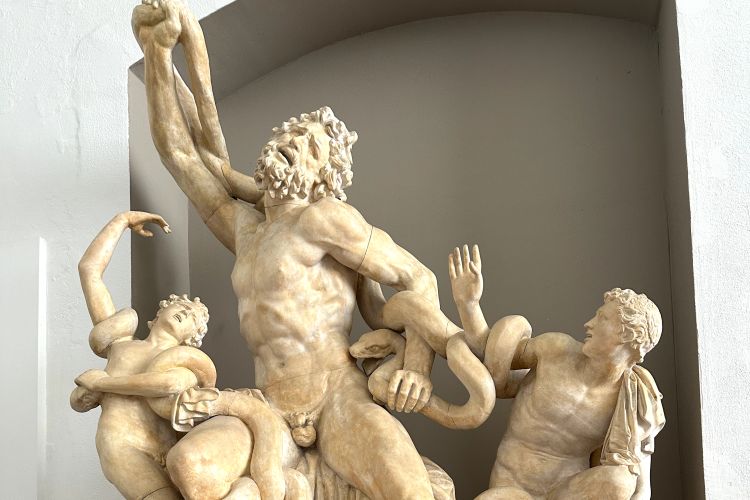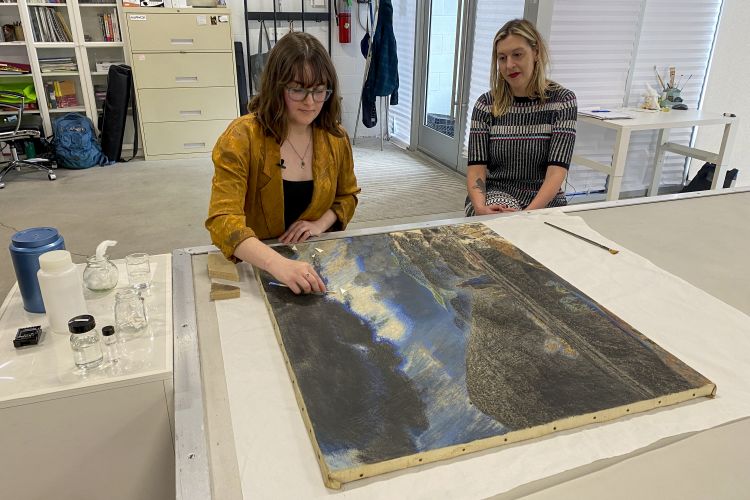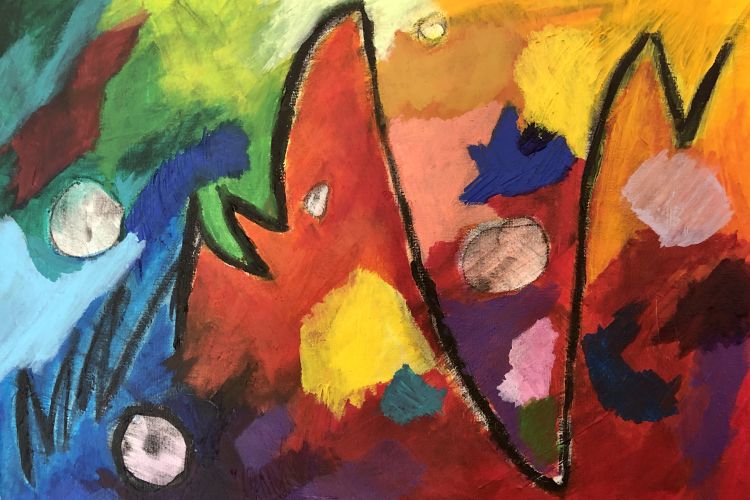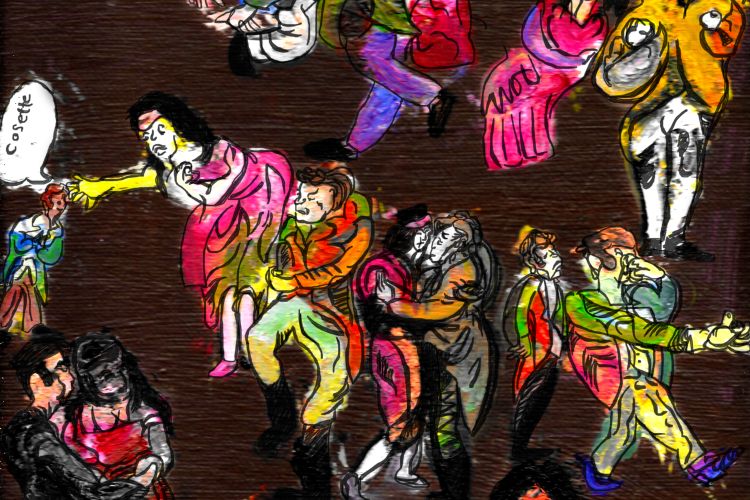STORIES FROM PAFA
Expanding Education Through Art with Roman Catholic High School
As Roman Catholic High School embarks on a new era of fine arts with the opening of the Howard Center for the Arts, they are reflecting on and celebrating the 25th anniversary of Roman’s partnership with PAFA through the After School Studio Arts Program for high school students.
At an early age, Thomas Paul Raggio (Roman Catholic '05), knew that art was his passion. Thomas was immersed in art as a child but didn’t begin his formal training until he began taking classes at Roman Catholic as a freshman. At Roman, Thomas studied under Joe Deissorth, who recognized Thomas’ talent and zeal. He prompted Thomas to enroll in the After School Studio Art program at PAFA, a free after-school art program offered to high school students in Philadelphia, where he could continue to sharpen his skills by taking college-level courses. Today, Thomas has shown his work internationally and is a professor of Fine Arts at Rutgers University.
Ian Wagner (Roman Catholic ‘07), recounts a similar trajectory. By the time he entered junior year at Roman, Ian had been taking two years of After School art classes at PAFA. The technical composition classes at Roman were a great complement to the artistic expression classes he got at the Academy.
“I absolutely loved it, and couldn’t wait to increase my skill set,” Wagner said. He went on to get his Masters of Fine Arts at PAFA and is the publisher of six illustrated books and a working artist and graphic designer.
“If it hadn’t been for Roman, I never would have become an artist,” Wagner said. “I never would have been introduced to the program at PAFA, which led me to become a working artist today.”
Since 1994, PAFA has provided free studio art training to Roman students (grades 9-12) and more than 50 other public, charter and parochial schools in Philadelphia. The program offers teens with little access to formal art training the opportunity to build a solid foundation in the fine arts. Students in this model program follow an honors-level curriculum through foundation drawing, painting and life drawing in the great traditions of American art set by Thomas Eakins in PAFA’s historic studios.
Raggio, Wagner and their colleagues at Roman all brought their eagerness to learn; PAFA supplied everything else.
“Most high schools don’t have the resources to offer programs at this level,” Raggio said. “PAFA supplied students with materials, which made a huge difference. As long as you showed up, you were able to paint and draw.”
“Our mission with this program been to provide professional training for emerging visual artists, enabling them to develop their talents and pursue their passions,” said David Brigham, President, and CEO of PAFA. “We are deeply gratified that this program, which began as a partnership between Roman Catholic High School and PAFA, has grown to inspire and nurture hundreds of students from dozens of schools each year.”
The partnership with PAFA was the brainchild of Dan DiLella ‘69, who was a frequent visitor of the Academy during his time at Roman, and later served as a PAFA Trustee. As a student and alumni, DiLella has embraced the legacy of Thomas E. Cahill, founder of Roman Catholic High School, who emphasized the importance of giving back to the community.
“Roman Catholic gave so much to me during my formative years, and I have always believed in paying that forward for future generations,” DiLella said. In the early 1990s, Dan approached the organization about an idea to offer a program that catered to students in the city. PAFA leadership immediately brought the idea to Al Gury, now Painting Department chair, who designed the curriculum and continues to lead it nearly 25 years later.
What began as a pilot program with 12 Roman Catholic students has expanded to include nearly every high school in Philadelphia, making it the most robust and successful arts program for high schoolers in the city.
“Roman students have a unique opportunity to learn from all the resources the city has to offer, including its incredible access to arts and culture,” DiLella said. “Programs like the one we have with PAFA can open their eyes to a completely new world of opportunity.”
The skills Roman students have acquired at PAFA have helped many students build professional careers. While at PAFA, Raggio was exposed to life drawing, color theory, and strong compositional studies. He also learned to develop and explain a professional art portfolio, which gave him a tremendous advantage when he went on to apply for art school.
“It’s not just being able to create a portfolio, you need to be able to talk about the art,” explained Raggio. “Asking a 17-year-old kid to talk about their work is incredibly nerve-wracking. But through my experience with [Roman faculty] Mr. Deissorth and at PAFA, I learned to do that, which is a huge differentiator for a young person.”
Gury says that portfolio development is part of the program’s mission to provide college-level art education for high school students.
“One of the aspects that makes this program so unique is that it is embedded in the daily life of the College of Fine Arts,” said Gury. “We believe in ‘teaching up,’ so students work directly with me, our graduate and undergraduate students to build skills they need to enrich their lives, both personally and professionally.”
Today, as a professor of Fine Arts at Rutgers University, Thomas Raggio tries to pass on the skills and confidence he learned to his own students as they pursue their careers.
“Having the right people and experiences in my life at the right moment made all the difference."




